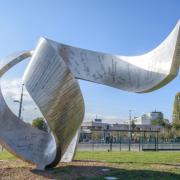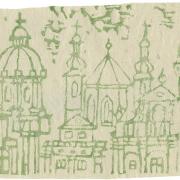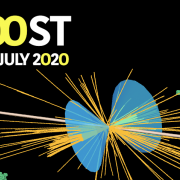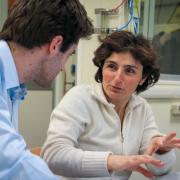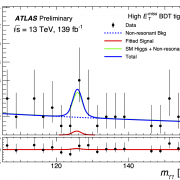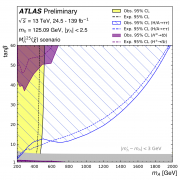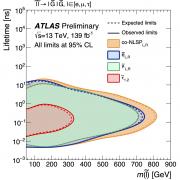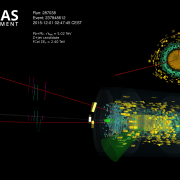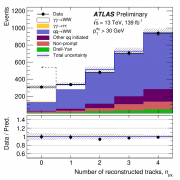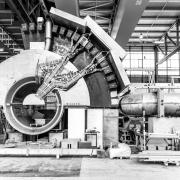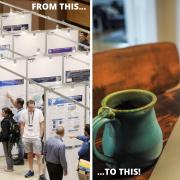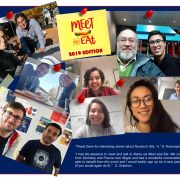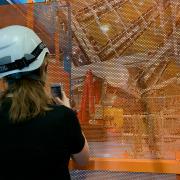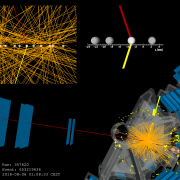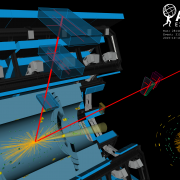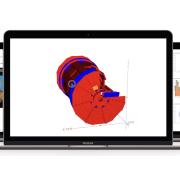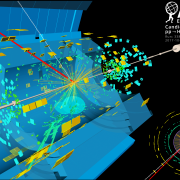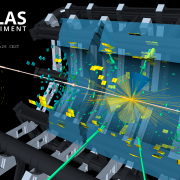Access to Collaboration Site and Physics Results
Updates tagged: “Higgs Seminar 2020”
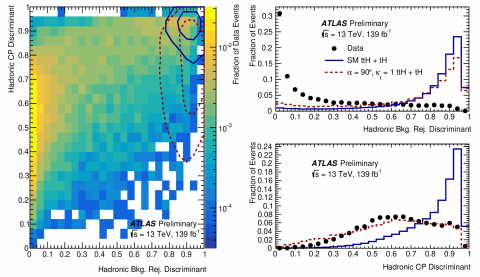
Searching for new sources of matter–antimatter symmetry breaking in Higgs boson interaction with top quarks
When a particle is transformed into its antiparticle and its spatial coordinates inverted, the laws of physics are required to stay the same – or so we thought. This symmetry – known as “CP symmetry” (Charge conjugation and Parity symmetry) – was considered to be exact until 1964, when a study of the kaon particle system led to the discovery of “CP violation”. In a new result presented today, the ATLAS Collaboration performed a direct test of the CP properties of the interaction between the Higgs boson and top quarks. The result is based on an analysis of the full LHC Run-2 dataset, looking at collision events where the Higgs boson is produced in association with one or two top quarks, and in turn decays into two photons.
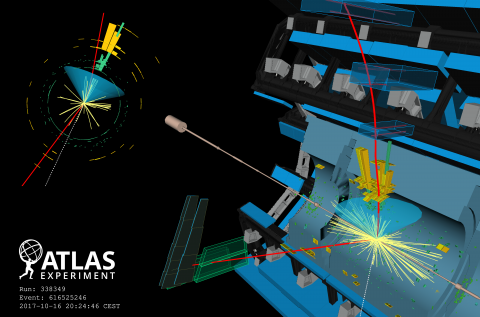
Measuring the beauty of the Higgs boson
Two years ago, the Higgs boson was observed decaying to a pair of beauty-quarks (H→bb), moving its study from the “discovery era” to the “measurement era”. In new results presented today, the ATLAS Collaboration studied the full LHC Run 2 dataset to give an updated measurement of H→bb, where the Higgs boson is produced in association with a vector boson (W or Z).


